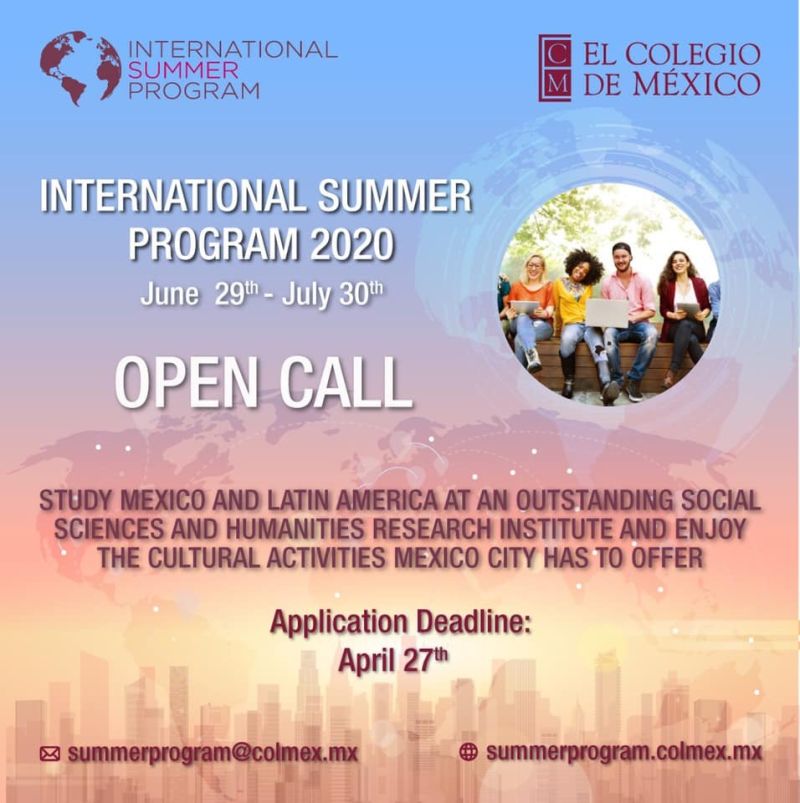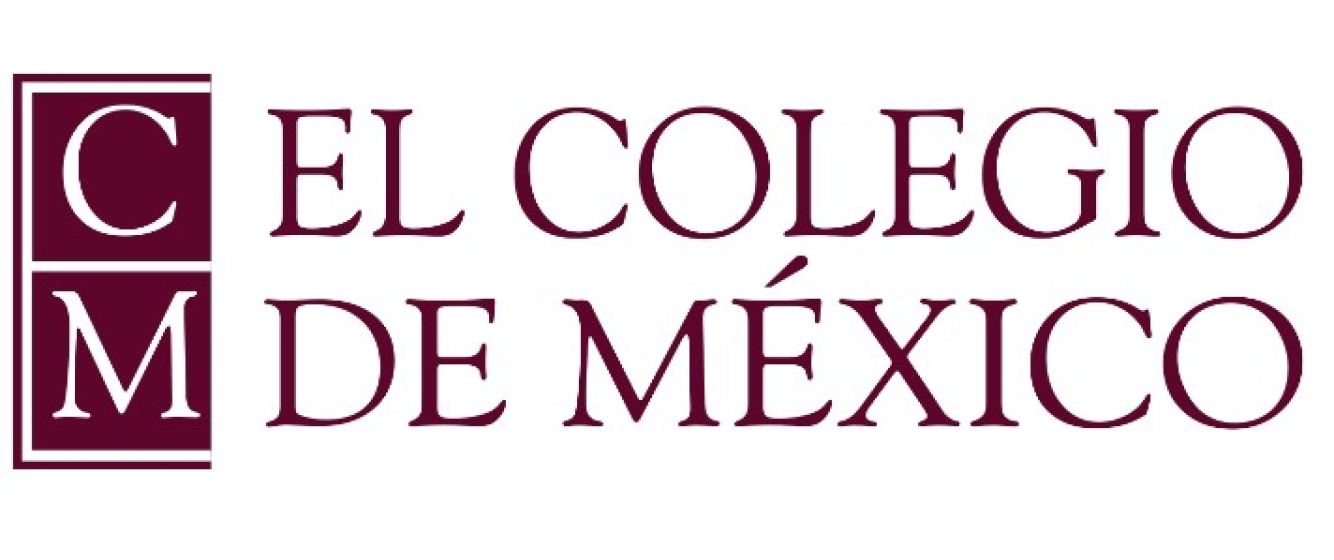The knowledge that you get here is very unique. It's not about books and manuals and boring information. It's about sharing your opinion and getting some lifetime experience from the professors. And I think that is really good because you don't ...you cannot get this information from any other resources from the internet. It's about your feelings and experiences; and not about boring texts. - Daria, Higher School of Economics, Russia (Summer 2019)
The International Summer Program was created to enhance exchange agreements between El Colegio de México and various worldwide universities, and to help raise the profile of Latin American and Mexican Studies around the world.
The Program is taught in English and its curriculum focuses on the study of Mexican and Latin American realities as approached by the faculty at El Colegio de México. Additionally, students on the program will attend Spanish language classes and cultural tours around the Mexico City area.

https://summerprogram.colmex.mx/en/testimonials
Link to the webpage with all the information: https://summerprogram.colmex.mx/enLink to the Facebook page of the course: https://m.facebook.com/InternationalSummerProgram/
El Colegio de México
Camino al Ajusco 20, Colonia Pedregal de Santa Teresa
Ciudad de México
Mexico
Ximena Varela Amaya
International Summer Program Coordinator
Camino al Ajusco 20, C.P. 10740,
Colonia Pedregal de Santa Teresa
Ciudad de México, México
Phone number: +52 55 54493000 Ext: 3248
[email protected]
